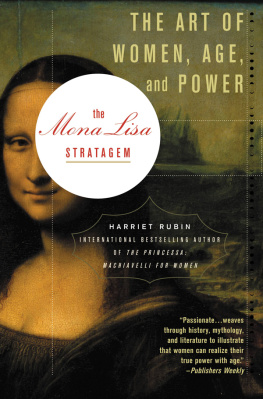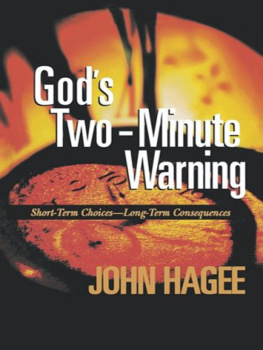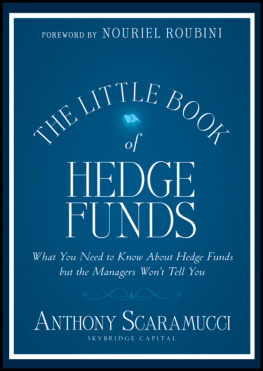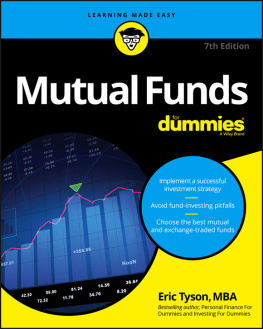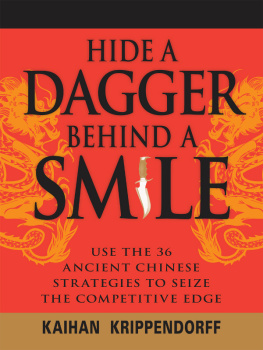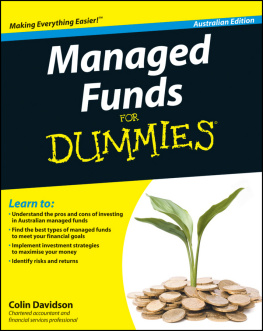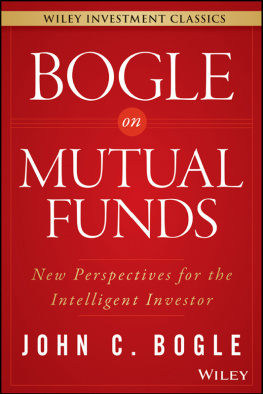

Copyright 2009 John Wiley & Sons (Asia) Pte. Ltd.
Published in 2009 by John Wiley & Sons (Asia) Pte. Ltd.
2 Clementi Loop, #02-01, Singapore 129809
All rights reserved.
No part of this publication may be reproduced, stored in a retrieval system, or transmitted in any form or by any means, electronic, mechanical, photocopying, recording, scanning, or otherwise, except as expressly permitted by law, without either the prior written permission of the Publisher, or authorization through payment of the appropriate photocopy fee to the Copyright Clearance Center. Requests for permission should be addressed to the Publisher, John Wiley & Sons (Asia) Pte. Ltd., 2 Clementi Loop, #02-01, Singapore 129809, tel: 65-6463-2400, fax: 65-6463-4605, e-mail: .
This publication is designed to provide accurate and authoritative information in regard to the subject matter covered. It is sold with the understanding that the publisher is not engaged in rendering professional services. If professional advice or other expert assistance is required, the services of a competent professional person should be sought.
Neither the authors nor the publisher are liable for any actions prompted or caused by the information presented in this book. Any views expressed herein are those of the authors and do not represent the views of the organizations they work for.
Other Wiley Editorial Offices
John Wiley & Sons, 111 River Street, Hoboken, NJ 07030, USA
John Wiley & Sons, The Atrium, Southern Gate, Chichester, West Sussex, P019 8SQ, United Kingdom
John Wiley & Sons (Canada) Ltd., 5353 Dundas Street West, Suite 400, Toronto, Ontario, M9B 6HB, Canada
John Wiley & Sons Australia Ltd, 42 McDougall Street, Milton, Queensland 4064, Australia Wiley-VCH, Boschstrasse 12, D-69469 Weinheim, Germany
Library of Congress Cataloging-in-Publication Data:
ISBN 978-0-470-82433-7
The HSBC logo is a registered trademark of the HSBC Group. HSBC Jintrust is duly authorized to use the trademark.
Typeset in 11.5/14pt Bembo by Aptara Inc., New Delhi, India
10 9 8 7 6 5 4 3 2 1
Foreword
Within two years of its inception, HSBC Jintrust published two books. The first was Honglou FortuneWealth for Generations. And this is the second, 36 Stratagems for InvestorsTimeless Financial Wisdom from A Chinese Classic. In both instances, we use ancient Chinese Classics as reference points largely because traditional Chinese culture has made its influence felt far and wide, and is therefore able to trigger a fair degree of resonance. Another reason is that scholars from the ancient times have much to offer in terms of their intellectual discourse and wisdom, even to people in the modern day and age. Their thoughts and teachings could very well bring us enlightenment and solutions to many of the problems that we often struggle to come to grips with.
The 36 Stratagems are a collection of the military tactics and strategies employed in ancient China. Many of the terms coined for the stratagems have evolved into popular proverbs. More often than not, reverse psychology and divergent thinking are tactics used to take the enemy by surprise. In our attempt to incorporate such tactical moves into fund investment, we discover they make the key rationales for fund investment much easier to comprehend and relate to.
As Confucius was recorded as saying in Yi Zhuan, or the Commentary on the Book of Change (also known as I-Ching), a feasible plot must be one that the masses can partake in. Hence, military generals and commanders do not have exclusive rights over the use of strategies. Everyone should be able to adopt the 36 Stratagems for problem solving. This book uses each of the 36 Stratagems to guide investors on how to identify and pick a trustworthy fund company as well as a suitable fund product, how to earn higher returns and avoid unnecessary losses, as well as how to avoid all sorts of common mistakes.
Generally speaking, in an emerging market, investors may invest in funds in the same way as they think and do in stocks. As a result, these investors may develop many habitual biases and misconceptions. However, as the market gradually matures and investors begin to choose to move collectively in the same direction, it will become a force to be reckoned with, to the extent of effecting a major market differentiation and restructuring exercise. I believe there will come a time when fund companies undergo further vertical segmentation to increase their focus on niche investment areas. Consequently, investors will cease to rely solely on their impressions of fund companies to make their choices. Instead, they will pay greater attention to a series of composite benchmarks, consisting of performance results, services, level of professionalism, and company image. Investors will also cease to pick fund products purely for short-term rate of return. Instead, they will build a portfolio of products strategically tailored to their personal as well as families needs.
Of course, I hope growing acceptance of these two books will help bring about greater transparency and progress to the fund industry. We hope to work hand in hand with the industry to realize rational fund investing. To use Hollywood as an analogy, Tinsel Town is not merely a processing plant for movie productions. It has produced numerous derivative products that have become trailblazers and trendsetters in more ways than one to effect changes in peoples lifestyles and values. I believe fund investing is not so imposing and daunting that only a handful of people are able to comprehend it. By incorporating it into our culture, it will be transformed from a series of boring numbers into a lifelong lifestyle concept.
I would like to extend my heartfelt thanks to Ms. Rena He Hanxi and her team for their top-notch work and astuteness in the market, their efforts in culling and compiling copious amount of market case studies and materials, as well as their judicious professional attitude and insurmountable passion in writing this book. I believe many of the examples and thoughts cited in the book will remain useful and valuable references even after years when the market has undergone a sea of changes.
I sincerely hope that every reader and investor will stand to gain from this little book.

Steve Lee
CEO
HSBC Jintrust Fund Management
Stratagem 1
Fool the Emperor to Cross the Sea
See Through All Guises for Calculated Returns
Origin of the Stratagem
Emperor Tang Taizong, the second emperor of the Tang Dynasty, who ruled from 626 AD to 649 AD, was said to have once led 300,000 soldiers from Changan to Liaodong. When the troops arrived at a beach, Emperor Tang Taizong looked troubled as he scanned the cold and choppy waters. Sensing his anxiety, General Xue Rengui invited the emperor to join him and his soldiers in a tent for some food and wine.
Music filled the air. All the merrymaking soon made the emperor relax and forget his worries. However, the respite was cut short by the sound of abrupt and thunderous waves. Worried, the emperor took a cautious peek out of the tent. To his surprise, his war vessels had set off without his knowledge, and were almost reaching the opposite shore of the sea. This tactic employed by General Xue Rengui is still used by the military today, as they carry out stealth missions.
Next page





